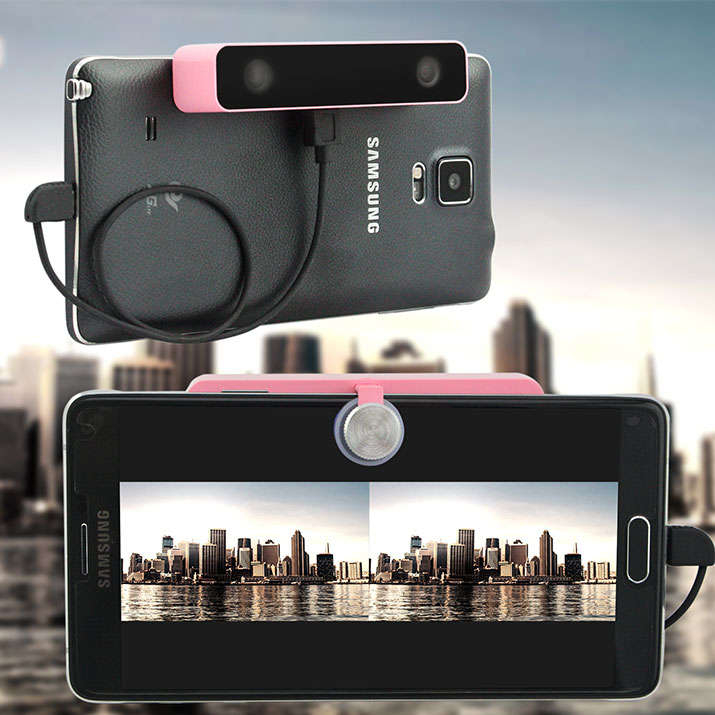SVPRO is a integrated company of research, production and sales,which focus on VR glasses,display and related products.
Wednesday, October 19, 2016
How to choose right 360 camera and vr camera?
First, when planning to make a piece of VR film content, it’s important to ask yourself: does this experience really need to be immersive? How will the content be delivered and experienced? What are my budgetary and production constraints? All of these factors can help narrow down your camera choices from the get go. Integrated, off-the-shelf VR cameras make the post-production process much simpler, but custom camera rigs can also have some advantages for more discerning filmmakers. I’ll cover a variety of options here.
Entry Level
For entry-level choices, I like the Samsung Gear 360 or Ricoh Theta S, both of which let users easily experiment with VR for under $400. These dual lens 360 cameras are consumer-friendly, with small, portable form factors and accompanying smartphone apps to quickly review footage. The Ricoh Theta S can also livestream which is a nice perk.
Ricoh Announces Theta SC, a Colorful Mid-Range Addition to 360 Camera Lineup
These cameras offer lower resolution than the more high-end options, but if you’re a consumer or even a professional just dabbling in VR for the first time, these are solid yet affordable options to help give you the lay of the land before making a larger investment. Even more experienced professionals shouldn’t overlook these cameras, they’re great to have on hand for proof of concept, scouting, and pre-visualization.
Mid Range
Moving up to the mid-range, the GoPro Omni ($5,000) is a strong off-the-shelf option, offering six synchronized HERO4 Black cameras in a portable spherical rig, all capturing content at 8K resolution. In addition to the hardware, GoPro’s Kolor software suite gives users a straightforward way to import, stitch, view, and publish content.
gopro-omni-kitThe Omni has some drawbacks, notably, no live preview or real time stitching. But combined with a Ricoh Theta S or Samsung Gear 360 you can still get quick on-set previews. The Omni remains my first choice in this price range because it provides a one stop-shop for VR at high resolution. And at the size of a grapefruit, it gives filmmakers a lot more freedom and flexibility on set than they might have with a larger custom rig. If you need something that won’t break the bank but will still produce high-res content, to me this is the most straightforward option on the market.
High End
If you’re looking for a professional camera, the Nokia OZO is a great option. Specifically designed for professional VR production, the Ozo is one spherical camera with eight synchronized sensors, and it comes with a standalone computer with Ozo software for live stitching and preview. It also offers ambisonic sound recording, partial stereo, and can live stream in HD resolution (and can capture footage up to 6K resolution).
Quote:roadtovr
Now you know how to choose right 360,but how to choose right vr camera?
You can learn about SVPRO 3D VR Camcera,this is a new product which is invented to record 3D videos.The VR 3D camera only works with android(no iOS support yet).These are the compitable mobile phone that we had tested:Samsung GALAXY S5/S6/S7/S6 Duos/S6 Edge/S7 Edge, Note 3/4/5, GALAXY A5/A7/A9, HUAWEI Mate 7/8/S, P8/P9/P8 max/P9 Plus/G7 Plus, XIAOMI 4c/5/MAX, HTC One/OneM8, SONY Xperia Z3, Lenovo ZUK Z1/Z2. We will still test more Android cell phones.
SVPRO VR Camera Amazon:https://www.amazon.com/Portable-Aluminum-Meterial-Megapixel-Camcorders/dp/B01JO6NRNC
Labels:
360 camera,
virtual reality camera,
VR camera
Subscribe to:
Post Comments (Atom)


No comments:
Post a Comment